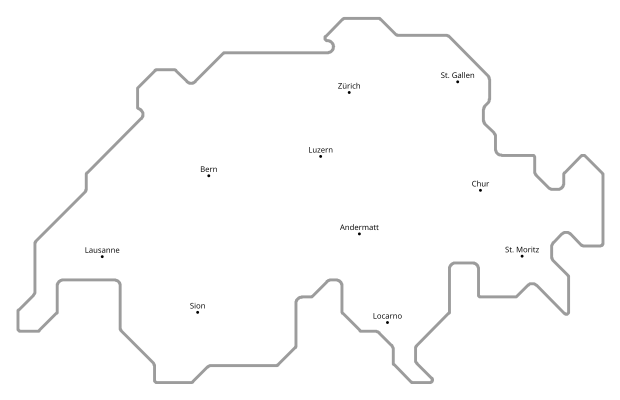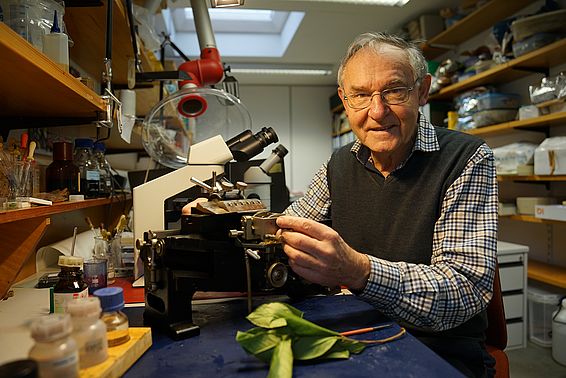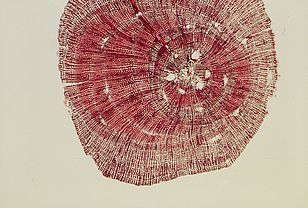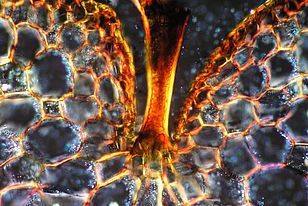14.1.2020 | Reinhard Lässig and Ulf Büntgen | News WSL
Following a patiently-borne illness, Professor Fritz Hans Schweingruber passed away on 7 January 2020, shortly before his 84th birthday. As one of the world's most renowned dendrochronologists, he contributed, through his extensive work since the 1970s, to the national and international success of the Swiss Federal Institute for Forest, Snow and Landscape Research (WSL) in Birmensdorf.
Together with scientists from many countries, Fritz Schweingruber was instrumental in establishing tree-ring research – now conducted worldwide – as an internationally recognised field. At the WSL, he built up a dendrochronological network that for decades has made vital contributions to long-term climate research and to global understanding of the climate. As a biologist, Schweingruber collected much of the data himself during numerous expeditions on all continents. He also played a distinguished role in developing scientific activities in post-Soviet Russia. His landmark books on dendrochronology and wood anatomy can now be found in libraries around the globe.
Tree-ring data as a basis for global climate research
Schweingruber was a major influence on several generations of researchers. His dynamic research group produced scientists who now lead important research institutes in the US, UK, Germany, Russia and Switzerland and who, like him, teach at numerous universities. Thanks to Schweingruber, tree-ring research has become firmly embedded not only in a range of environmental sciences but also in archaeology. He consistently transcended disciplinary boundaries, and in so doing opened up new fields of activity.
Having originally worked as a primary school teacher, Schweingruber studied botany, zoology, geology, prehistory and early history, as well as wood biology, before establishing Europe's largest tree-ring laboratory at the WSL. From the 1970s onwards, he trained countless scientists and researchers at this institution. His services to tree-ring research and wood anatomy can be measured in more than 160 academic articles, 35 books, the supervision of numerous doctoral theses, as well as countless projects, trips, expeditions, lectures and seminars. One of his pre-eminent achievements is a truly unique collection of microscopic cross sections of 5,000 tree, shrub and herb species and grasses, which enables the unequivocal identification of plant species and is also used for training purposes. Schweingruber's unrivalled international reputation opened doors for many younger colleagues from Switzerland. It is certainly no exaggeration to say that his scientific achievements remained exceptional and an inspiration to a great many colleagues right up to the end of his very full life.
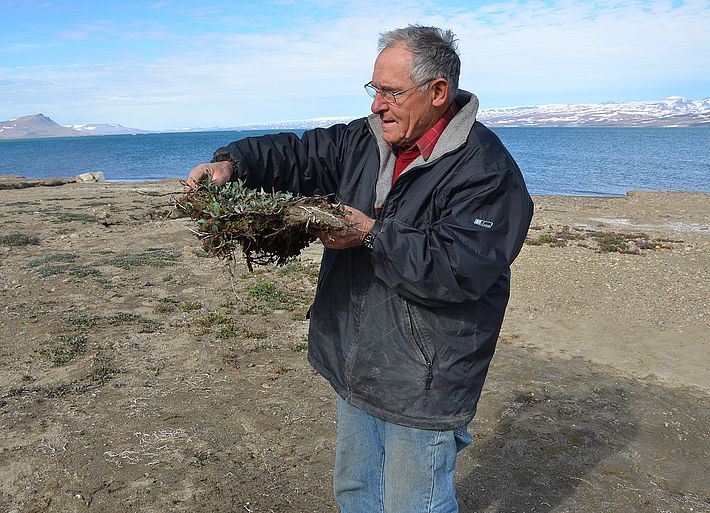
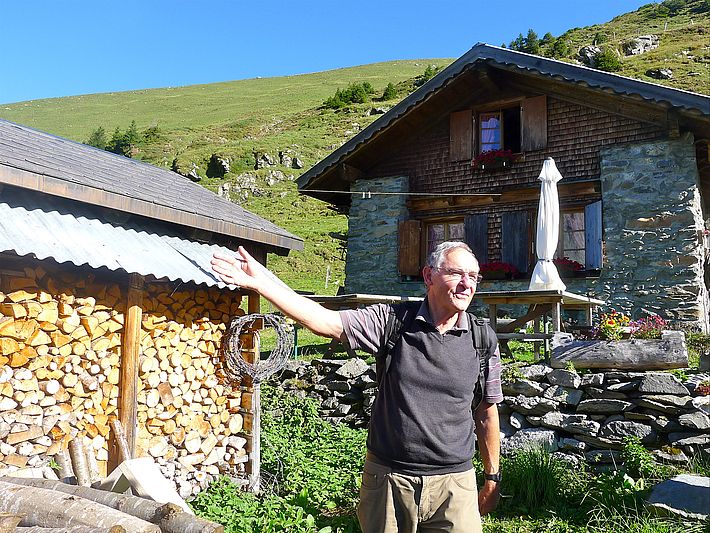
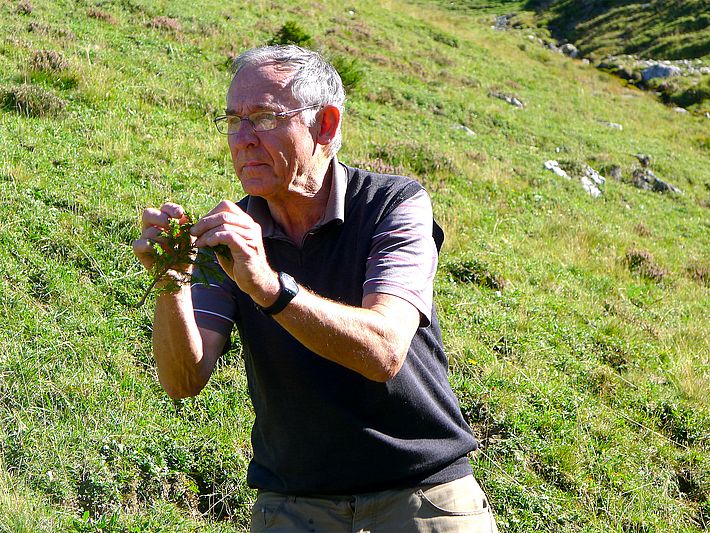
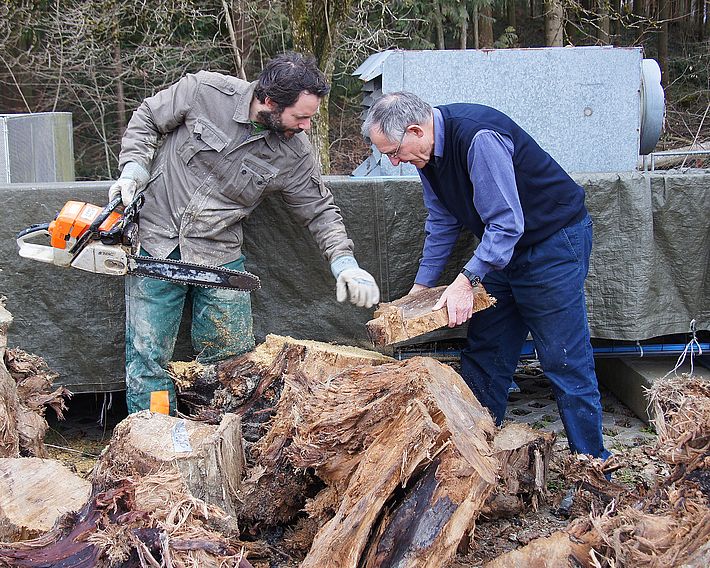
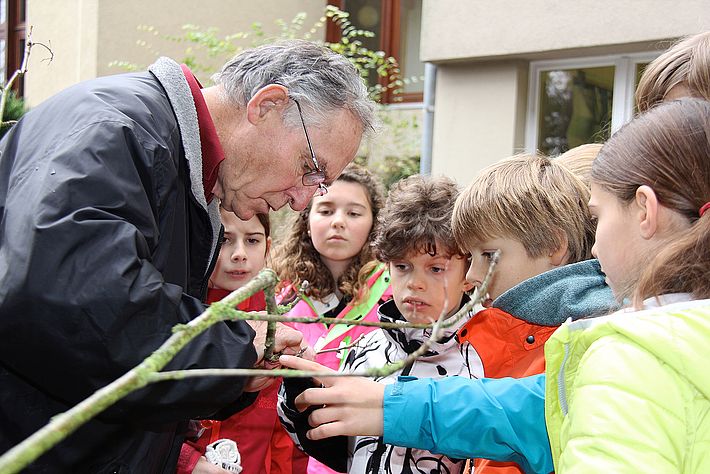
Success driven by talent and tenacity
As well as being a brilliant scientist, Fritz Schweingruber was also endowed with great personal charisma. He impressed many colleagues and friends with his near-perfect memory as well as qualities including determination, creativity and a flair for innovation. His expertise and personal commitment combined with tenacity and perseverance always made him a force to be reckoned with.
After his retirement in 2001, Schweingruber continued his research at the WSL, focusing on the taxonomic, anatomical and dendrochronological analysis of herbs and dwarf shrubs all over the world. One of his most important projects was a comparative study of the anatomical features of high-mountain plants in the Alps and Himalayas. In the last years of his working life, he described the function and aesthetics of wood with great creativity and curiosity. Sample analysis and microscopy were his way of discovering new worlds and critically questioning existing knowledge.
An ability to make complex subject matter accessible
Alongside his work as a researcher, Schweingruber had a great talent for teaching, which was as compelling as it was infectious. He taught students from many countries and initiated the International Dendroecological Field Weeks (from 1986) and the International Course on Wood Anatomy and Tree-Ring Ecology (from 2001). He had the ability to engage with all kinds of learner groups seemingly effortlessly and to convey complex subject matter in a tangible and easy-to-understand way, often using unconventional methods. His down-to-earth character and modesty enabled him to act with scientific focus, even under difficult circumstances.
Pragmatic, innovative and human
In Fritz Schweingruber, the WSL has lost not only one of the world's most successful and high-profile tree-ring researchers, who straddled the boundaries between dendrochronology, wood anatomy and forest ecology, but also an individual of great humanity, invariably focused on seeking pragmatic approaches and solutions. The WSL owes Fritz Schweingruber an immense debt of gratitude for his life's work. His scientific and educational achievements are virtually impossible to quantify.
Fritz Schweingruber will be sorely missed by the dendrochronological fraternity, both in Switzerland and internationally. And while his death leaves an intellectual gap, his legacy will remain with us forever in the form of millions of tree-ring data, (popular) science books and academic articles, and a raft of measuring methods and devices that he personally developed. We will also remember with great fondness the human qualities that made him not only an inspired scientist but also an inspiring researcher.
Everyone at the WSL extends their deepest condolences to the bereaved family.
International Course on Wood Anatomy & Tree-Ring Ecology, Klosters, Switzerland, 2016
Contact
Publications
Links
- Personal Homepage of Fritz Schweingruber including publications
- WSL website on treerings and tree growth
- The treering laboratory at the WSL
Copyright
WSL and SLF provide image and sound material free of charge for use in the context of press contributions in connection with this media release. The transfer of this material to image, sound and/or video databases and the sale of the material by third parties are not permitted.
